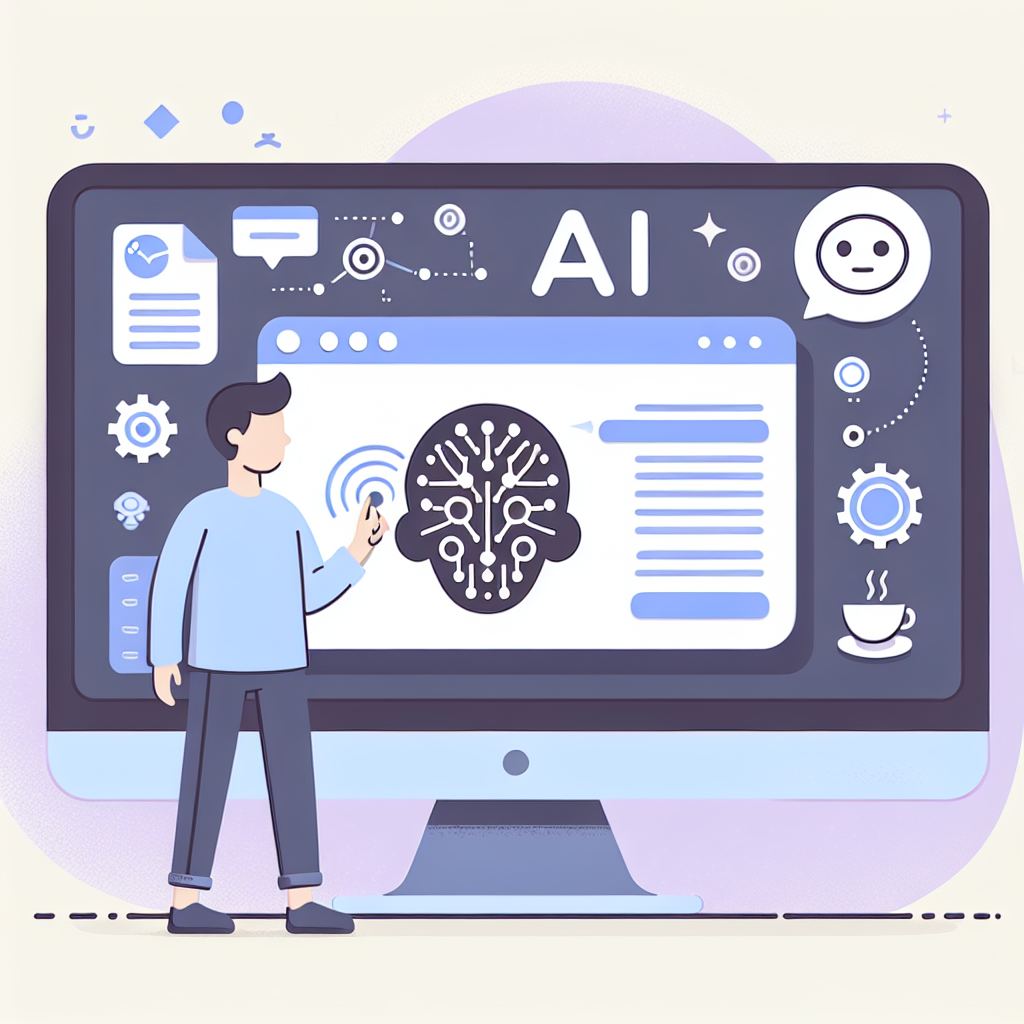Artificial Intelligence (AI) has become one of the most talked-about technologies in recent years, with its potential to revolutionize industries and improve the way we live and work. AI platforms are at the forefront of this revolution, providing tools and services that enable developers and businesses to create and deploy AI applications. In this beginner’s guide, we will explore what AI platforms are, how they work, and how you can get started using them.
What are AI Platforms?
AI platforms are software tools and services that enable developers to build, train, and deploy AI models and applications. These platforms typically provide a range of features and capabilities, such as data processing, model training, and deployment tools, that help developers create AI applications more efficiently and effectively.
There are many different AI platforms available, each offering a unique set of features and capabilities. Some platforms are designed for specific industries or use cases, while others are more general-purpose and can be used for a wide range of applications. Popular AI platforms include Google Cloud AI Platform, Microsoft Azure AI, and Amazon SageMaker.
How do AI Platforms work?
AI platforms typically consist of several components that work together to enable developers to create and deploy AI applications. These components may include:
1. Data processing tools: AI platforms often include tools for processing and preparing data for training AI models. This may involve cleaning and formatting data, as well as performing tasks such as feature engineering and data augmentation.
2. Model training tools: AI platforms provide tools for training AI models on the processed data. These tools may include pre-built algorithms and models, as well as tools for customizing and fine-tuning models for specific use cases.
3. Deployment tools: Once an AI model has been trained, it needs to be deployed to a production environment where it can be used to make predictions or automate tasks. AI platforms provide tools for deploying and managing AI models in production, such as APIs and containerization tools.
4. Monitoring and optimization tools: AI platforms often include tools for monitoring the performance of deployed models and optimizing them for better accuracy and efficiency. These tools may include metrics dashboards, A/B testing tools, and automated model retraining capabilities.
How to get started with AI Platforms?
Getting started with AI platforms can seem daunting, especially for beginners. However, there are several steps you can take to make the process easier and more manageable. Here are some tips for getting started with AI platforms:
1. Learn the basics of AI: Before diving into AI platforms, it’s important to have a basic understanding of AI concepts and techniques. This may involve learning about machine learning algorithms, neural networks, and data preprocessing techniques.
2. Choose the right platform: There are many different AI platforms available, each with its own strengths and weaknesses. Take the time to research and evaluate different platforms to find the one that best suits your needs and skills.
3. Start with tutorials and sample projects: Many AI platforms offer tutorials and sample projects that can help you get started with building AI applications. These resources can provide hands-on experience and help you learn how to use the platform’s features effectively.
4. Experiment and iterate: Building AI applications is a process of trial and error, so don’t be afraid to experiment and iterate on your models. Try different algorithms, hyperparameters, and preprocessing techniques to find the best solution for your problem.
Frequently Asked Questions (FAQs)
Q: What are some common use cases for AI platforms?
A: AI platforms can be used for a wide range of applications, including image recognition, natural language processing, predictive analytics, and autonomous vehicles.
Q: Do I need to have a background in data science to use AI platforms?
A: While a background in data science can be helpful, many AI platforms are designed to be user-friendly and accessible to developers with varying levels of experience.
Q: How much does it cost to use AI platforms?
A: The cost of using AI platforms can vary depending on the platform and the specific services you use. Some platforms offer free tiers or pay-as-you-go pricing, while others require a subscription or upfront payment.
Q: What programming languages are supported by AI platforms?
A: Most AI platforms support popular programming languages such as Python, R, and Java. Some platforms also provide SDKs and APIs for other languages.
In conclusion, AI platforms are powerful tools that enable developers to build and deploy AI applications more efficiently and effectively. By learning the basics of AI, choosing the right platform, and experimenting with different techniques, you can get started with AI platforms and unlock their full potential. If you have any more questions about AI platforms, feel free to check out the FAQs section or reach out to the platform’s support team for assistance.

